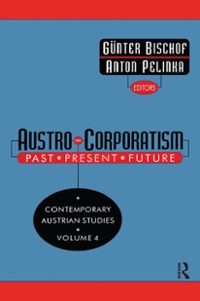Question
A farmer grows wheat and sells to a miller for $90. The miller turns the wheat into flour and sells the flour to a baker
A farmer grows wheat and sells to a miller for $90. The miller turns the wheat into flour and sells the flour to a baker for $145. The baker turns the wheat into bread and sells the bread to consumers for $155. Consumers eat the bread.
Assume that these transactions account for all economic activity in this economy.
GDP in this economy is
.
Value added is defined as the value of a producer's output minus the value of the intermediate goods that the producer buys to make the output.
Assuming there are no intermediate goods beyond those just described, complete the following table by calculating the value added for each of the three producers. Then enter the total value added in the final row.
| Producer | Value Added |
|---|---|
| (Dollars) | |
| Farmer | |
| Miller | |
| Baker | |
| Total |
True or False: The total value added for the three producers in this economy equals the economy's GDP.
True
False
Step by Step Solution
There are 3 Steps involved in it
Step: 1

Get Instant Access to Expert-Tailored Solutions
See step-by-step solutions with expert insights and AI powered tools for academic success
Step: 2

Step: 3

Ace Your Homework with AI
Get the answers you need in no time with our AI-driven, step-by-step assistance
Get Started


